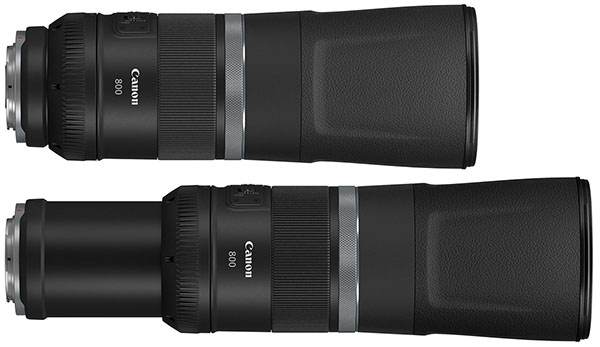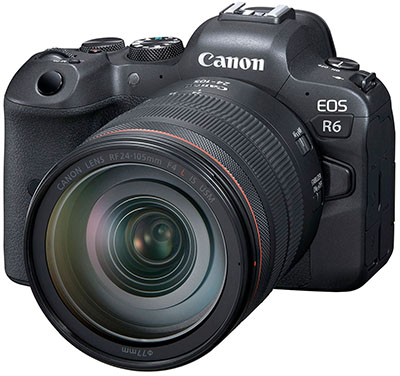
Welcome to my Malaysian Birding Blog. My blog showcases my legacy of sightings of Malaysian bird in my lifetime - the countdown to 688 species and beyond. Actual numbers of birds you can see in Malaysia is more than 850 and adding.
Followers Do tag here to follow my latest posting
MikeBirder - Malaysian Birds
Welcome to my Malaysian Birding Blog. I migrated to blogspot.com as my blog at multiply.com closed shop in 2012. I wish to showcase all Malaysian birds that I have photographed whether here or overseas. My countdown of lifers started in 2005. Coming to Nov 2025 my countdown of lifers photograph has reached
586/688 species of birds of Malaysia in photos.
My shooting gear was a EF400mm f4 DO lens and Canon 7D body which to me is the ideal setup for mobility and bird chasing at that time. Eventhen the weight over my shoulder is more that 5.5 kg. As of June 2016 I have also acquired a Fuji XF 100-400mm OIS lens to complement my travelling cum birding trip overseas. My Fuji X-T2 went kaput recently and I upgraded to the X-T5 in 2023 ; the weight over my shoulder is much lighter now by 30%. In December 2018 I acquired the Nikon Coolpix P1000 as supplementary camera for distance shooting of 3000mm.
I am a weekend birder. Do feel free to drop me a line at mikebirding@gmail.com and I see whether you can tag along in my outings. My usual day trip is just an hour ride away to Hulu Langat, Lancang, Kemensah, Krau, Awana, Hulu Kali, Gombak Ole Road, Fraser's Hill , Bukit Tinggi and KSNP & Coastal Sg Janggut Jeram side of the coast . Overnite trip to Merapoh & Amp; Cameron, Air Hitam and further north to Kuala Sidim is a seldom affair but for lifer we travel. Panti in Johor is another good birding site that I yet to go. Then there are the Borneo birds of Sabah and Sarawak of Malaysia which I seriously much go to chalk up more lifers. This I did in 2018 to Sepilok Sandakan and Kinabalu Park. Next Danum and LahatDatu . In 2024 I visited a new happening birding spot inTalang Seremban.......
WARNING Birding is an addiction once you started its hard to stop. The wifey and children are now birding widow and orphan.
Translate
Search for Malaysian Bird Photos
Monday, 20 July 2020
Avian Sighting July 2020 - Blyth's Hawk Eagle

Wednesday, 15 July 2020
Avian Sighting Bukit Tinggi July 2020 - Mountain Peocock Pheasant
 |
| The Male with its double spikes leg |
 |
| The Female without spike |

 |
| The Female without spike |
Thursday, 9 July 2020
Avian Photo Gear - Arriving of Canon RF 100-500mm, 600mm and 800mm telephoto lenses

Canon RF 800mm F11 IS STM - Overview (From Canon lens literature)
The RF 800mm IS STM lens is a super telephoto prime lens with 4-stop image stabilisation and a greater reach than its sister lens, the RF 600mm IS STM. It is perfect for the wildlife enthusiast, and ideal for specialist pursuits such as bird and aviation photography. Lightweight, powerful and compact with excellent image stabilisation for handheld shooting, the Diffractive Optic (DO) design, along with the RF lens mount and a fixed, F11 aperture, helps make it a more compact lens and easier to pack into a travel bag. Designed for Canon’s Full Frame mirrorless cameras, its RF lens mount offers a faster communication speed than a conventional DSLR. Smooth and silent focusing from the STM motor is a real advantage too, particularly for video.
 |
Features & Benefits
- Capture safari, aircraft or travel views and shoot the ultimate frame-filling moments in glorious detail that benefit from creative telephoto compression.
- Thanks to 4-stop image stabilisation, super sharp telephoto images are possible, and you can achieve great handheld video footage too.
- Because of the RF mount, an F11 aperture and compact Diffractive Optic design, the lens measures 281.8 mm in length when stored and weighs only 1,260 g.
- An STM motor allows smooth, quiet AF while a Lens Control Ring gives intuitive control over settings. Pleasing bokeh is achieved thanks to a bladeless, F11 aperture.
- Now it’s easy to pack a super telephoto lens in your kitbag with powerful image stabilisation and AF which is available to all enthusiasts who want to travel light.
Availability and Pricing
The RF 800mm F11 IS STM is scheduled to be available at the end of July 2020 for an estimated retail price of $899.99.
*Based on CIPA (Camera & Imaging Products Association) standards. Testing performed using the EOS R camera.
Image sensor: The Canon EOS R5 features a new Canon-designed 45-megapixel full-frame image sensor. The R6, on the other hand, features a lower megapixel sensor. The 20-megapixel full-frame CMOS sensor of the R6 may not have the resolving power of the new sensor in the R5, but the R6 does have a higher native ISO ceiling: 204,800 versus 102,400.
Autofocus: Both the R5 and R6 feature Canon's latest Dual Pixel CMOS AF II. The AF system delivers 100 percent area coverage via 1,053 zones. In addition to this impressive coverage area, each camera includes eye, head and face tracking for people, dogs, cat and birds.
Performance: Despite the differences in image sensors, the R5 and R6 can both shoot at up to 12 frames per second using their mechanical shutters and 20 fps with the electronic shutter via silent photography mode. Where the R6 separates itself from the R5 in terms of performance is with respect to buffer depths. The EOS R6 can record 1,000 or more compressed raw (C-RAW) images, while the EOS R5's buffer depths top out at 260 C-RAW images when recording to either a UHS-II SD card or a CFexpress card. For regular raw images, the EOS R6 can record up to 240 images before the buffer is full, whereas the EOS R5 slows down after 180 raw images. Both cameras are powered by a DIGIC X processor.
Image stabilization: Both the EOS R5 and R6 promise up to 8 stops of image stabilization via built-in body-based image stabilization.
Design: The Canon EOS R5 and R6 are similar in overall design, but there are a few important differences. The R5 features a top LCD panel, something not included on the R6. The R6 also includes a different dial for selecting modes. The R5 uses the same mode button design as the EOS R, whereas the R6 opts for a more traditional mode dial.
Card slots: As mentioned earlier, the Canon EOS R6 has two SD card slots, both compatible with UHS-II. Rather than two SD card slots, the EOS R5 instead includes a CFexpress slot and an SD card slot (UHS-II).
Video: Thanks in part to its 45-megapixel image sensor, the EOS R5 can record 8K video at up to 30p in addition to 4K video at up to 120p. The EOS R6, on the other hand, records "just" 4K/60p video and no 8K video (there simply aren't enough pixels). Further, the EOS R6 does not record 4K video using the full width of the image sensor, something the EOS R5 can do.
Price: The EOS R6 will cost around $2,500 USD, whereas the EOS R5 will be much more expensive, launching with a suggested retail price of around $3,900.
Wednesday, 8 July 2020
Avian Photo Gear - Luminar Editing Software Review
 |
| Original Crop untouched Jpeg from Fuji XT-2 |
 |
| Luminar 4 one tap Preset - SuperSharpening AI |
 |
| Lesser Shortwing - Luminar4 |
 |
| Malaysian Hill Partridge in the morning haze |
Monday, 6 July 2020
Avian Post-nesting July 2020 - Feeding time in Bukit Fraser
Sunday, 5 July 2020
Avian Sighting July 2020 - Pygmy Wren Babbler

Thursday, 2 July 2020
Avian Photo Gear July 2020 - WHO SAYS OLYMPUS IS DEAD















